Broadening the base: A critical review of Pakistan’s FY26 tax measures
From digital transactions to FATA industries, new measures aim to boost collections—but at what cost to consumers and businesses?
Nida Gulzar
Research Analyst
A distinguished economist with an M. Phil. in Applied Economics, Nida Gulzar has a strong research record. Nida has worked with the Pakistan Business Council (PBC), Pakistan Banks' Association (PBA), and KTrade, providing useful insights across economic sectors. Nida continues to impact economic debate and policy at the Economist Intelligence Unit (EIU) and Nukta. As a Women in Economics (WiE) Initiative mentor, she promotes inclusivity. Nida's eight 'Market Access Series papers help discover favourable market scenarios and export destinations.
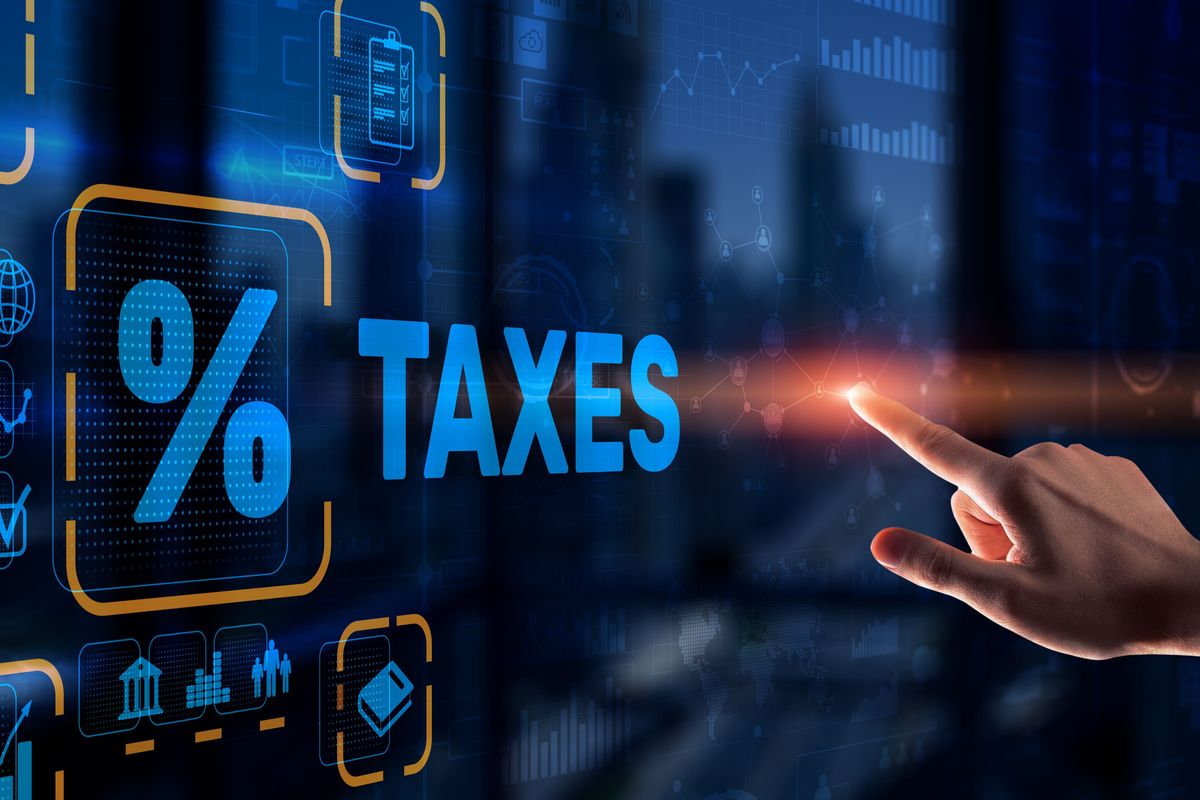
As the government chases a steep revenue target of PKR 14.1 trillion under the FY26 budget, a 17-18% increase from FY25’s collection of PKR 12.3 trillion, the tax net is being cast wider— and deeper. The government has proposed taxation measures worth PKR 312 billion, along with enforcement measures targeting non-filers and the withdrawal of longstanding exemptions.
No longer limited to traditional sectors, this new wave of fiscal enforcement extends to digital transactions, courier-facilitated deliveries, and previously unregulated online income streams. Nukta highlights a few prominent moves.
18% GST hits e-commerce deliveries
Pakistan’s tax authorities are now knocking on the digital door. In a bold new move under the Digital Presence Proceeds Tax Act 2025, the government is tightening the net on online sellers and influencers cashing in through e-commerce.
The withholding tax on digital transactions has been doubled to 2%, and an 18% GST is now being tacked on to each order, collected directly by courier companies and logistics providers. This marks a decisive shift in how the state plans to capture revenue from the fast-growing digital economy—and it’s here to stay.
Withholding hike, tighter rules push non-filers toward compliance
The government has hiked the withholding tax on cash withdrawals by non-filers from 0.6% to 0.8%. This means that withdrawing PKR 100,000 will now cost PKR 800 in tax instead of PKR 600—a 33% jump. While that may seem small in isolation, for frequent large withdrawals, the cost adds up fast. Someone pulling out PKR 1 million now pays an extra PKR 2,000 in taxes. This change is more than a revenue move—it’s a calculated nudge, part of IMF-backed reforms aimed at broadening the tax base and reducing the informal economy.
| Withdrawal Amount (PKR) | Filer Tax Rate | Non-Filer Tax Rate (Old - 0.6%) | Non-Filer Tax Rate (New - 0.8%) | Additional Cost Due to Increase |
| 100,000 | 0% | 600 | 800 | 200 |
| 250,000 | 0% | 1,500 | 2,000 | 500 |
| 500,000 | 0% | 3,000 | 4,000 | 1,000 |
| 1,000,000 | 0% | 6,000 | 8,000 | 2,000 |
| 2,000,000 | 0% | 12,000 | 16,000 | 4,000 |
Source: Nukta Research
But the pressure doesn’t stop there. The FY26 budget imposes a series of penalties on those still outside the tax net. Non-filers may soon find themselves barred from opening bank accounts, purchasing property or vehicles, and investing in securities or mutual funds.
Potential travel restrictions and limitations on SIM or internet access could follow. Pakistan’s tax-to-GDP ratio remains a dismal 10.4% (estimated for FY25), and this crackdown is a clear message: get compliant or get cut off. The strategy not only fulfills IMF conditions under the Extended Fund Facility but also signals a deeper shift—one toward a more documented, digital economy where informal cash transactions carry a heavier price.
Leveling the field: Tax on FATA/PATA will be imposed in phases
After years of enjoying a tax-free edge, industries in FATA and PATA—like steel and ghee manufacturers—are now entering the national tax net. The government has withdrawn sales tax exemptions on industrial inputs, plant and machinery, and local supplies in these regions, kicking off with a 10% GST in FY26. This rate will gradually rise by 2 percentage points in the next three fiscal years, hitting 16% by FY29.
Meanwhile, income tax and withholding tax exemptions have been extended for another year. This long-awaited reform is music to the ears of taxed manufacturers in Punjab and other regions, who have long decried unfair competition from untaxed goods being dumped into mainstream markets.
According to Topline Securities, this reform could fetch the government an additional PKR 30–40 billion in revenue, all while promoting a more level playing field across the industrial sector. According to the business advocacy body, the Pakistan Business Council, “the corporate phased introduction of GST on FATA/PATA is also a welcome step to start leveling the playing field with businesses elsewhere in the country.”
Negligible relief for the salaried class
For Pakistan’s vast salaried class, Budget FY26 offered a faint glimmer of relief—but barely enough to move the needle. While the government lowered tax rates on select income brackets—cutting the rate on earnings between PKR 600,000 and PKR 1.2 million from 5% to 1% and slightly easing rates on the next two slabs—the financial breathing room remains modest. A person earning more than PKR 4.0 million annually, for instance, would now save just over PKR 80,000 a year, peanuts for him.
The cuts come after years of rising inflation and fiscal tightening, and were paired with a 10% salary hike for federal employees. Still, with direct taxes expected to surge 18.5% to PKR 6.9 trillion and the government aiming to squeeze PKR 2.2 trillion in additional tax revenue overall, this relief feels more like an adjustment than a reprieve.
| Annual Income Range (PKR) | Old Tax Rate (FY25) | Proposed Tax Rate (FY26) | Fixed Tax FY25 (PKR) | Proposed Fixed Tax FY26 (PKR) |
| Up to 600,000 | 0% | 0% | - | - |
| 600,001 – 1,200,000 | 5% | 1% | - | - |
| 1,200,001 – 2,200,000 | 15% | 11% | 30,000 | 6,000 |
| 2,200,001 – 3,200,000 | 25% | 23% | 180,000 | 116,000 |
| 3,200,001 – 4,100,000 | 30% | 30% | 430,000 | 346,000 |
| Above 4,100,000 | 35% | 35% | 700,000 | 616,000 |
Source: Nukta Research
Small car buyers and local assemblers squeezed under new regime
While budget FY26 made headlines for promoting electric mobility, it also rolled out a series of measures that seem to steer straight past the average consumer.
At the heart of the controversy is the hike in sales tax on cars with an engine capacity below 850cc—from 12.5% to 18%—a move that directly impacts low-income buyers who rely on these entry-level vehicles.
That’s not all. A new PKR 2.5 per liter carbon levy on petrol and diesel means fuel costs are set to rise, further squeezing daily commuters already battling inflation. Meanwhile, local car manufacturers could be caught in a policy crosswind, as tariff rationalization and higher regulatory duties raise production costs.
While the government’s EV push for two- and three-wheelers is a nod to cleaner transport, it offers little immediate comfort to millions still dependent on traditional, affordable vehicles.
As Topline Securities notes, these changes could bump small car prices by as much as PKR 125,000–175,000—a steep climb for those already struggling to make ends meet.
| Measure | Previous Rate/Condition | New Rate/Policy in FY26 | Expected Impact |
| sales tax hike on cars <850cc | 12.5% sales tax | 18% sales tax | car prices to rise by PKR 125k–175k |
| carbon levy on petrol & diesel | no carbon levy | PKR 2.5/liter levy | higher commuting costs across income groups |
| tariff rationalization on auto inputs | existing regulatory duties | higher import duties on parts & CKD kits | increased production costs for assemblers |
| EV policy for 2–3 wheelers | no targeted policy for low-tier EVs | incentives for 2–3 wheelers EV adoption | limited relief; does not benefit car buyers |
Source: Brokerage Houses Reports
Solar gets taxed at 18%, despite IMF’s push for green reforms
In a move that raises eyebrows—and electricity bills—Pakistan’s FY26 budget has imposed an 18% GST on imported solar panels, reversing years of tax exemptions meant to encourage clean energy. This decision discourages renewable adoption and stands at odds with the country’s climate rhetoric and its commitments under the IMF’s Resilience and Sustainability Facility (RSF), which prioritizes green transitions
With solar panel imports exceeding $2 billion in FY24, Topline Securities estimates this new tax could generate over PKR 100 billion in revenue, but at the cost of slowing solar adoption in a country already facing intensifying climate shocks. The measure risks pricing out households and small businesses looking to reduce grid reliance, especially as summer heatwaves become harsher each year. For a country pledging resilience, this tax reads more like a self-inflicted short circuit than a sustainability strategy.
Interest income tax hiked, even as government slashes its own debt bill
In a move that may rattle cautious savers, the government has raised the withholding tax on bank interest income from 15% to 20% in Budget FY26. That means those earning returns on savings or fixed deposits will now see a fifth of it go straight to the taxman. The irony? While citizens pay more, the government is expecting less from its central bank.
SBP profits are projected to fall 8.3%, dropping from PKR 2.62 trillion to PKR 2.4 trillion (a drop of 4%), mainly due to easing interest rates and a shift in monetary policy. The government, however, is still relying heavily on these profits as a key component of its non-tax revenue, which it aims to raise by 5% as compared to the previous year. For ordinary Pakistanis, the message is clear: saving might be safe, but it’s certainly not being rewarded.




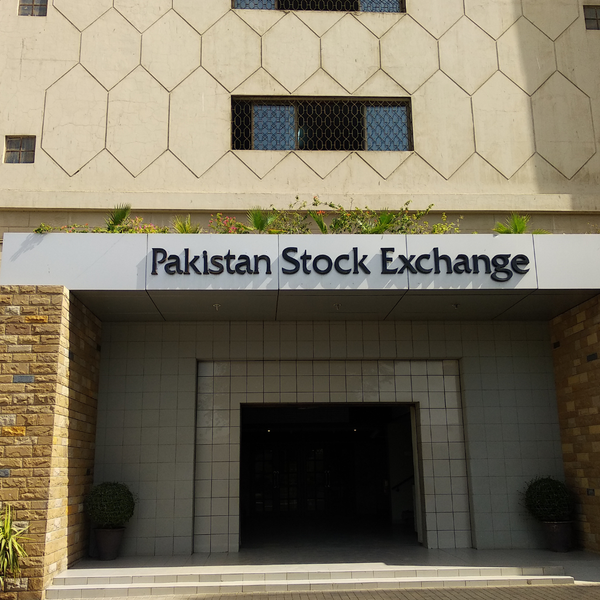
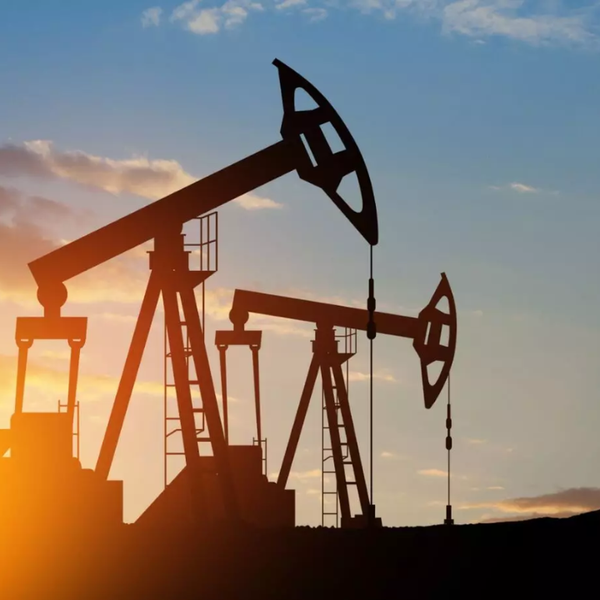
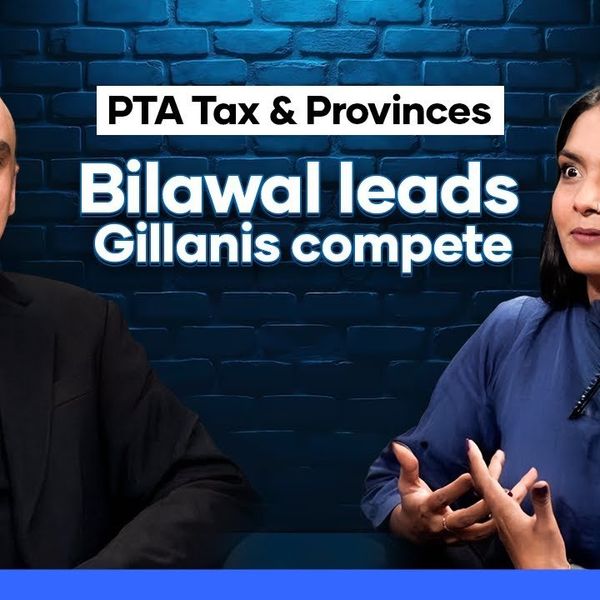

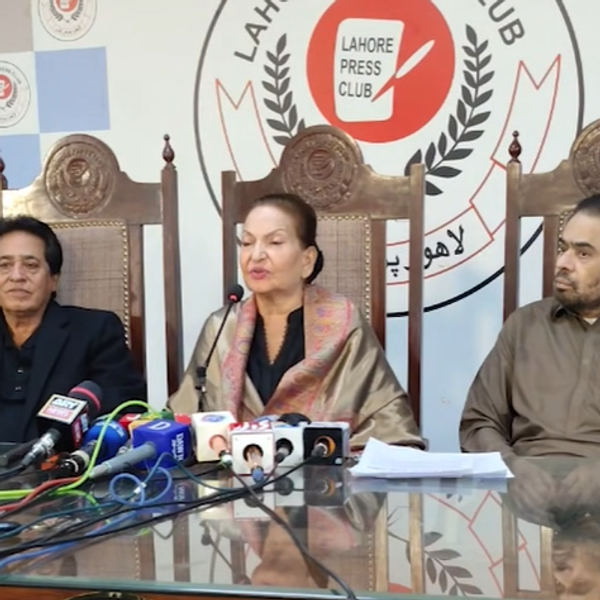

Comments
See what people are discussing